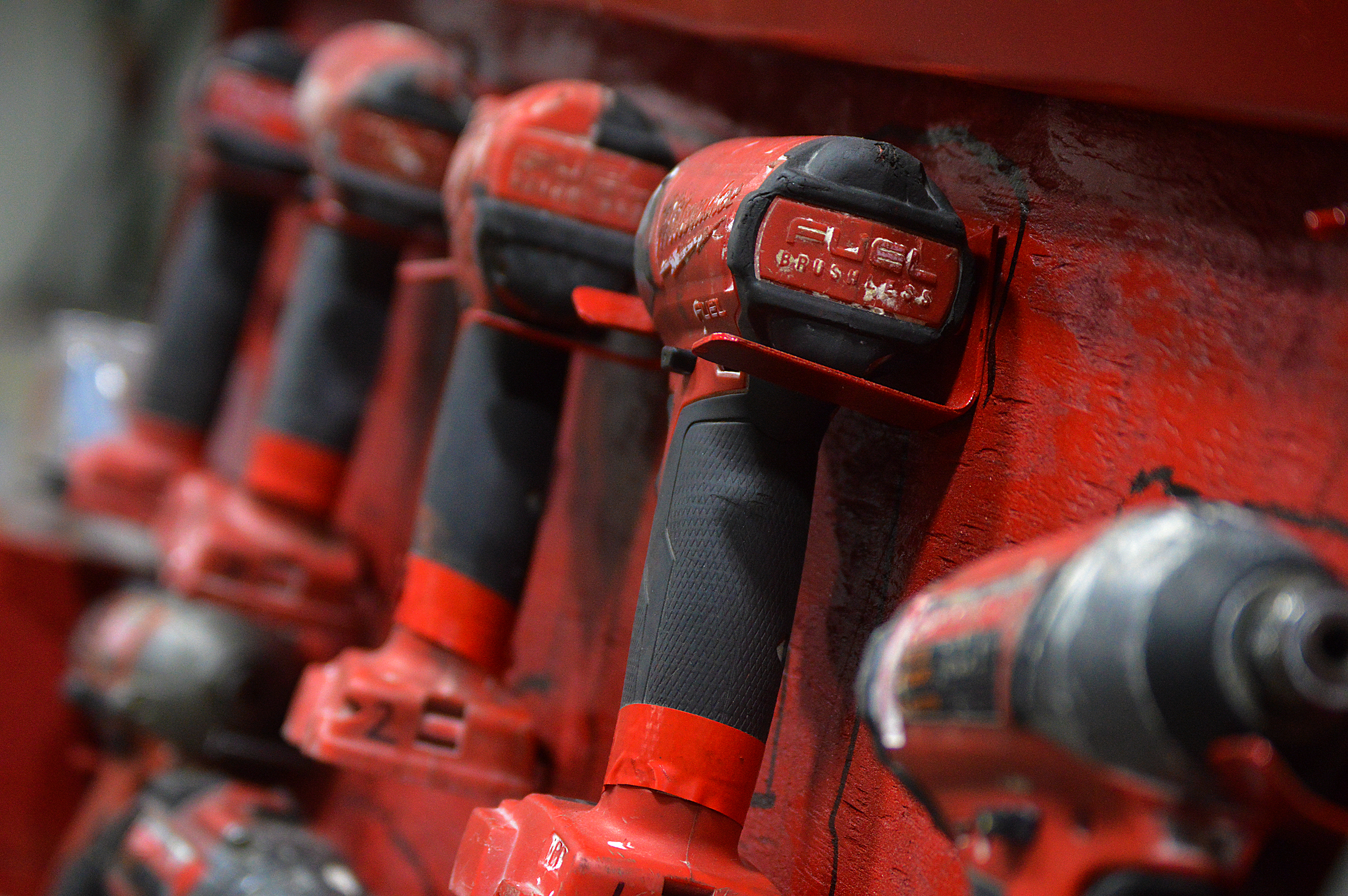
Elevator Tools
August 17, 2018
Its All About the Tools
August 23, 2018Elevator Code – Respect the Code

I bristle at calling any book, “The Bible”. Not necessarily for the notion that something is authoritative and has the last word in matters of the law, but because it can reduce the Bible to a bunch of codes and rules which is not the case. But when it comes to elevators, there is an actual bible (grandma I hope you noticed the small “b”). That bible is the American Society of Mechanical Engineers – Codes and Standards A17 and CSA B44 for our Canadian friends.
The primary purpose for this code is clearly stated by Norman B. Martin, a proponent of the ASME Codes and Standards and highly respected Chief Elevator Inspector for the state of Ohio. He said the following:
“I think the ASME Codes and Standards committees’ most important work is to be able to provide consistency throughout the nation and through North America…An elevator is an elevator and if you build an elevator in California, you should be able to sell it in Ohio, and if you build it in Ohio, you should be able to sell it in Ontario. As such, I think the consistency across the board with the North American standards has allowed that to occur; provide a base level of safety, and allow each jurisdiction to be able to enforce it properly.” Read about the Safety Codes and Standards here.
His point is that without ASME standards: chaos would reign, safe and unsafe would mix like Labs and Poodles, confusion would hurt commerce, and the safety of the elevator-riding public could be compromised. Truer words have ne’er been spoken.
But what happens when an inspector is unfamiliar with the code or a state or other government entity tries to make changes to elevator standards without directly consulting ASME first? Nothing good and usually problems, delays and compromise.
We recently ran into a rare rogue inspector on a project, that will remain nameless for obvious reasons, where he insisted that the elevator pit light had to be fixed to the pit wall. Of course our lead engineer (with over 20 years of elevator experience) pointed to the applicable code, but that wasn’t good enough and the entire project was put on hold while we awaited more information. Ultimately, we were proven right of course. Read the info from ASME here! But the time and frustration on our part and the customer’s part was real.
When it comes to some states and other governmental agencies, we are seeing new subsets of existing codes, usually stemming from those agencies trying to flex some bureaucratic muscle or divas with a wish list of unrealistic expectations that often conflict with the wisdom of ASME.
A case that illustrates this clearly was one that involved handrail location in an elevator car. The inspector and the “new” code insisted on a certain location for handrail placement, but they were utterly wrong. And when I say utterly, I mean it. The location the inspector and code was touting and requiring was in direct violation of the Americans with Disabilities Act (ADA), ASME and the elevator code of the state the project was located in. Again I will refrain from besmirching the inspector or the team that came up with the aberrant code, but again they would not budge. It left us with a true Hobson’s choice. We could either violate ADA, ASME, and state code or not have the elevator pass inspection. No choice indeed. We opted to civilly argue our case to the powers that be, hoping for wiser heads to prevail. Again weeks passed as did dozens of emails. After all the evidence was gathered, we once again prevailed. But our additional investment of time, emails, and research could not be recouped despite being proven right.
So what does this ultimately mean? It means that the ASME code is the bible for elevators and more. After all, they have been at the code and standards creation business since 1884 and have been writing elevator codes since 1921. They don’t just “kind of” know their business; they have literally written the book. Violation of those codes, for lack of better words, is a sin that should not be engaged in. That is why every elevator we produce meets or exceeds ASME – A17 and CSA B44 codes and always will. After all modular is not just faster, but also higher in quality and safety.



